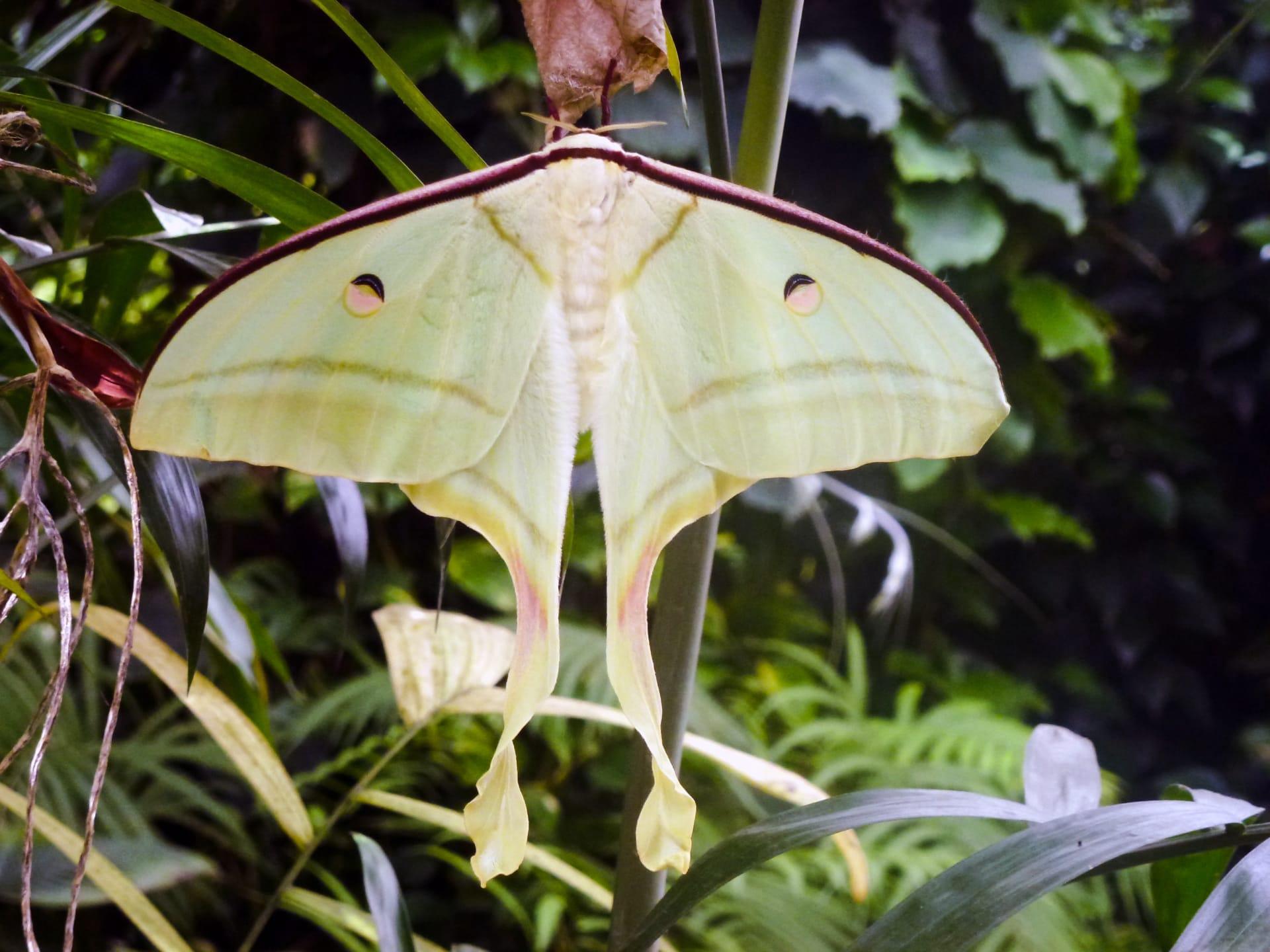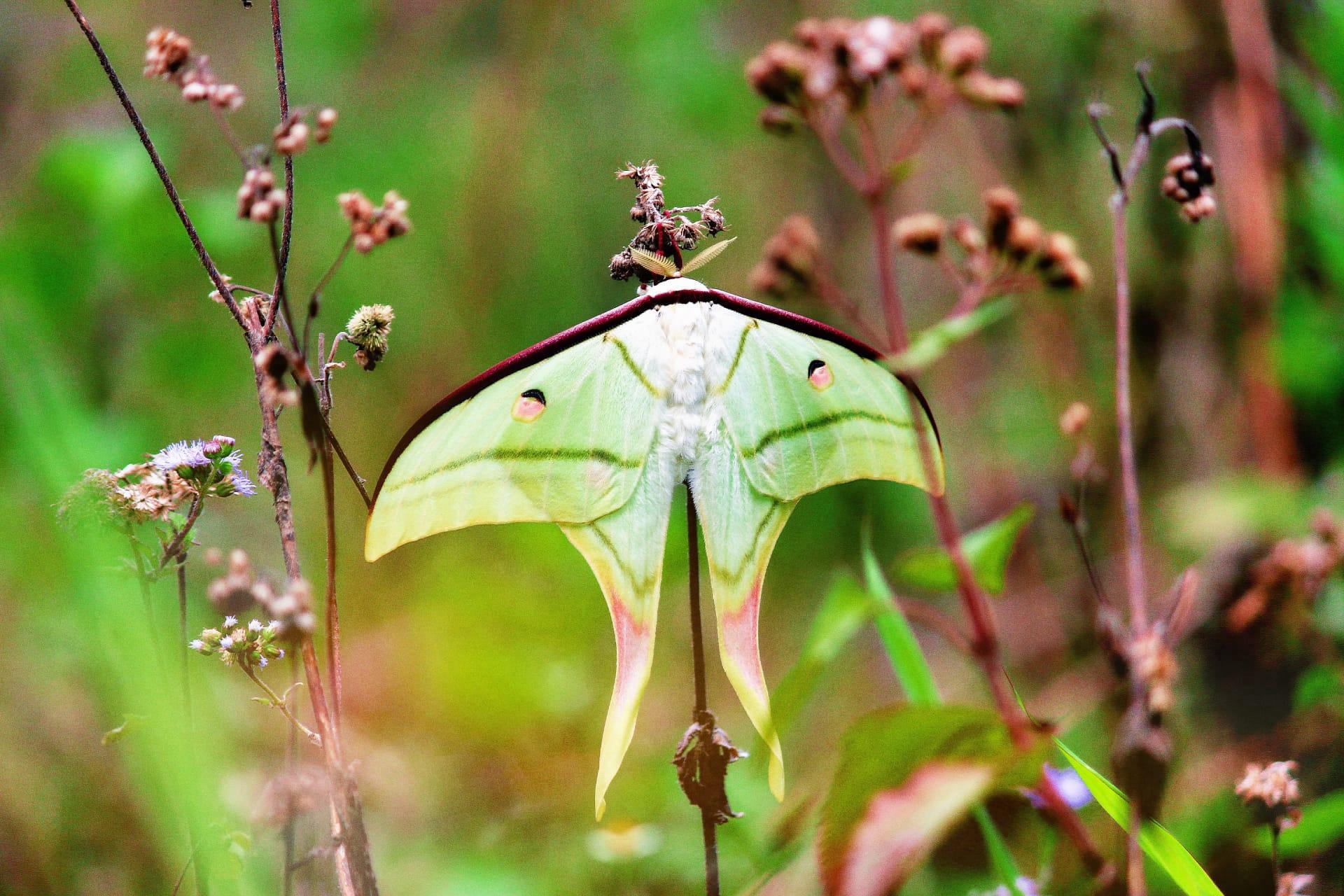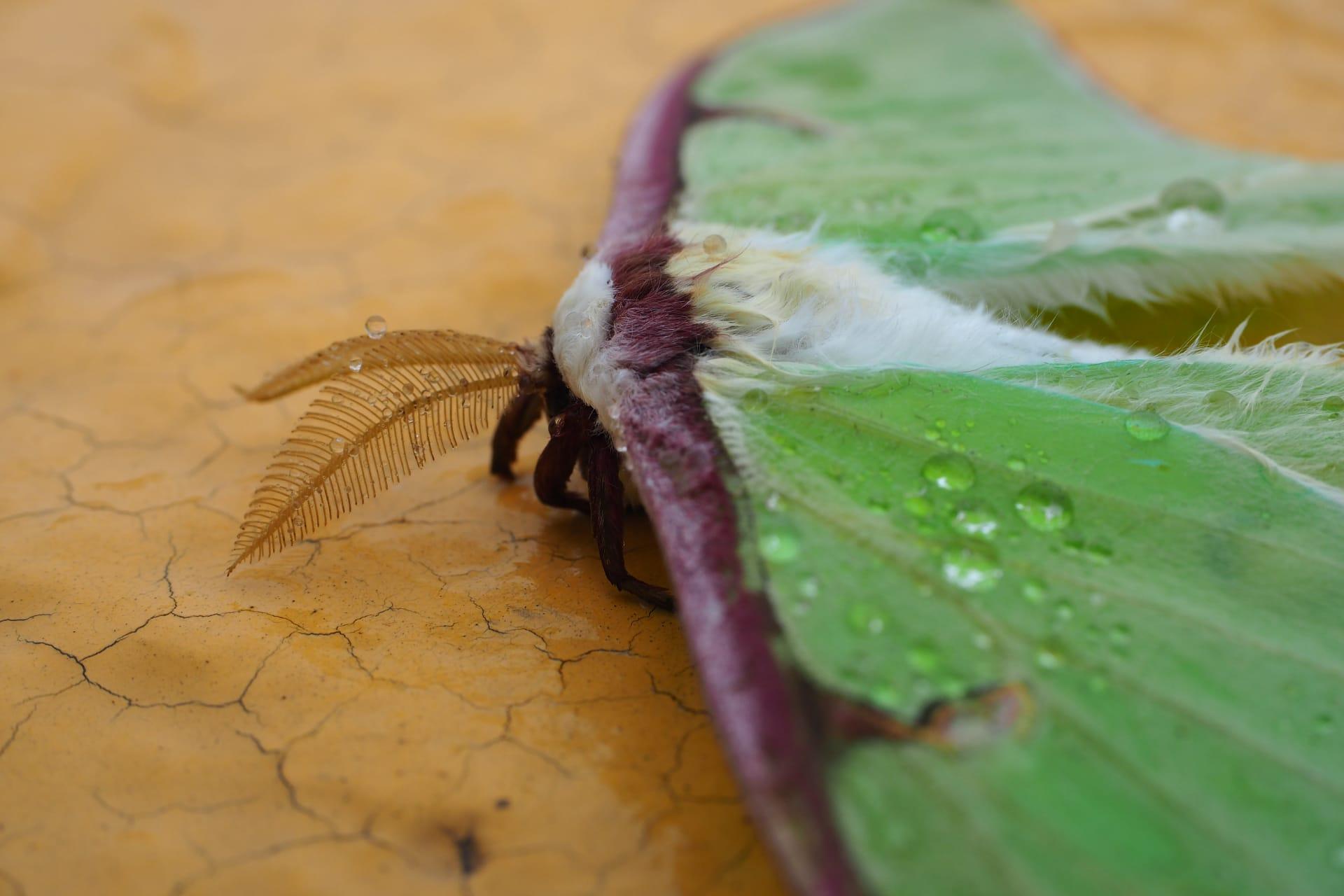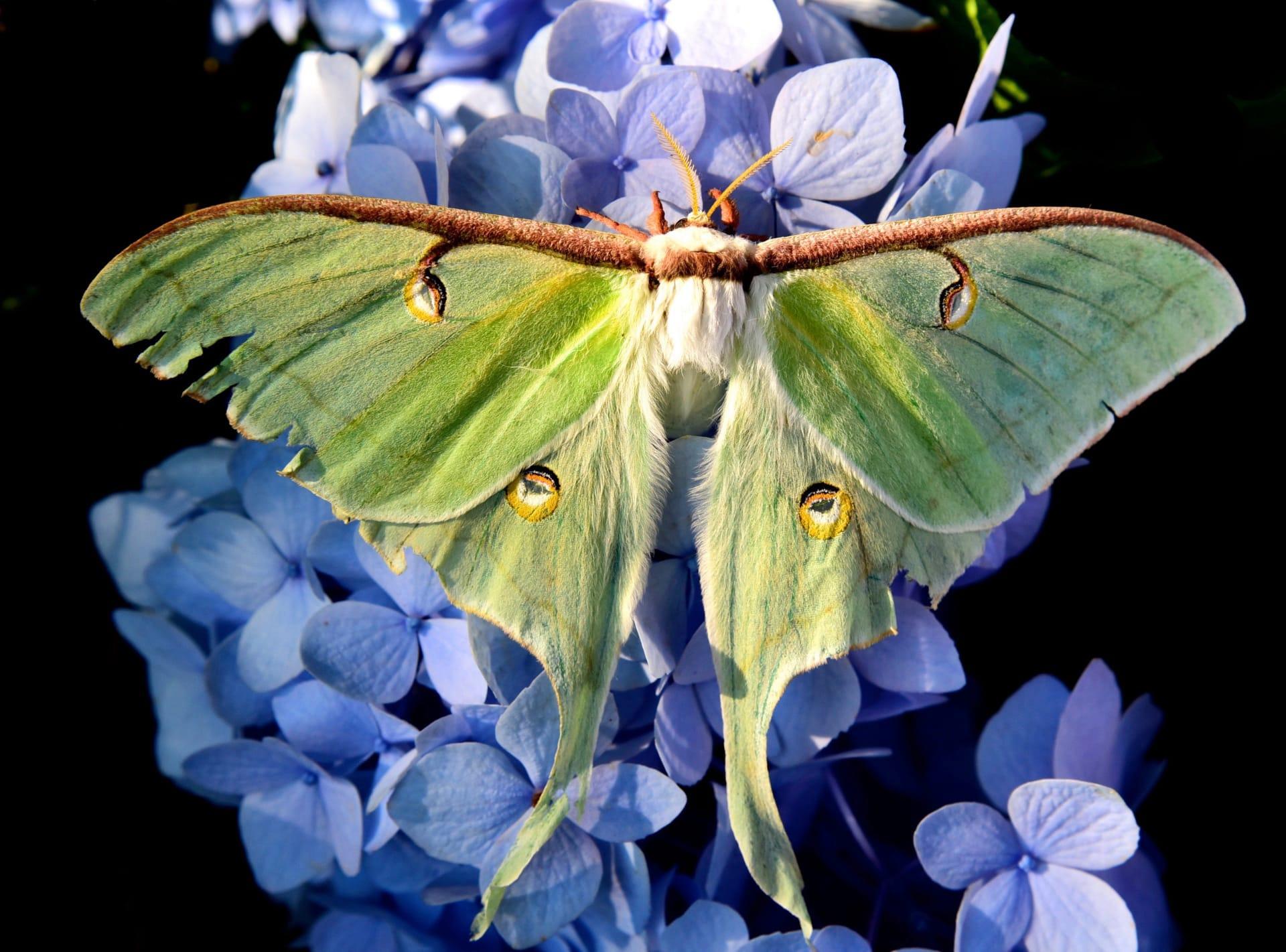Luna Moth
- Home /
- Mini Encyclopedia /
- Animal /
- Luna Moth
1
The Luna Moth, scientifically known as Actias luna, belongs to the family Saturniidae, which is a group of moths notable for their large size and vibrant colors. In the hierarchy of biological classification, it falls under the order Lepidoptera, the same order that includes both butterflies and moths. The genus Actias includes several species of moon moths, of which the Luna Moth is a prominent member. Its classification showcases its unique position in the world of insects, bridging aesthetic beauty and biological intrigue.
Luna Moths are predominantly found in North America, thriving in deciduous hardwood forests. Their range spans from east of the Great Plains in the United States, covering areas such as Maine and Florida, and extends into Canada, particularly in regions like Ontario and Quebec. These moths are most commonly sighted during the spring and early summer, which aligns with the lifecycle patterns of their preferred host plants, including walnut, hickory, and sweet gum trees. The distribution of Luna Moths is closely tied to these habitats, highlighting their role in the ecosystem.

2
Question: Do Luna Moths have mouths and do they eat as adults?
Answer: A common misconception about Luna Moths is that they eat and have fully functioning mouths. In reality, adult Luna Moths do not have mouths and therefore do not eat during their adult stage. Their life cycle is focused on reproduction, and they rely on the fat reserves built up during their larval stage for energy. This fascinating aspect of their biology underscores their ephemeral nature, as the adult Luna Moth typically lives only about a week, with its sole purpose being to reproduce.

3
Luna Moths have evolved several survival strategies to evade predators and ensure the continuation of their species. One of their most notable features is their large, eye-like spots on their wings. These spots serve as a defense mechanism, startling potential predators and giving the moth a chance to escape. Additionally, the wings have long, curving tails that can confuse the sonar of bats, one of their main nocturnal predators. This adaptation is a brilliant example of evolutionary ingenuity in action.
Their life cycle also plays a crucial role in their survival. Luna Moths undergo a complete metamorphosis, evolving from egg to larva (caterpillar), to pupa (cocoon), and finally to adult moth. This transformation allows them to exploit different ecological niches at each stage. As caterpillars, they consume large amounts of leaves, growing rapidly before entering the pupal stage, where they undergo a remarkable transformation. Their ability to blend into their surroundings as both larvae and adults is a key survival strategy.

4
In the ecosystem, Luna Moths play a multifaceted role, particularly in their relationships with other species. As caterpillars, they are herbivores, feeding on the leaves of a variety of trees, including walnut, hickory, and sweet gum. This feeding can influence the growth and health of these trees, making Luna Moths important participants in forest ecology. Their presence or absence can indicate the health of the forest ecosystem.
As part of the food chain, Luna Moths serve as prey for various predators, including bats, owls, and spiders. Their population levels can directly impact these predator species, demonstrating an interconnectedness within the ecosystem. Additionally, their role as pollinators, though limited due to their short adult lifespan and lack of feeding, contributes to the biodiversity and health of their natural habitats. The ecological role of the Luna Moth, therefore, extends beyond its striking appearance, playing a crucial part in maintaining the balance of the ecosystems they inhabit.

5
Film: "The Secret Life of Moths" is a documentary released by Finland in 2017. It explores the fascinating world of moths, including the Luna Moth, delving into their life cycles, behaviors, and the challenges they face in the wild. The documentary presents stunning visuals of various moth species and provides insights into their ecological importance.
Book: "Moths: A Complete Guide to Biology and Behavior" by David Lees and Alberto Zilli, published in the United Kingdom in 2019, offers a comprehensive look into the world of moths, including the Luna Moth. The authors, both experts in lepidopterology, provide detailed information on moth biology, evolution, and their role in the ecosystem, making this book an invaluable resource for anyone interested in these fascinating creatures.
Book: "The Moonlit World of the Luna Moth" by James K. Adams, published in the United States in 2021, is dedicated to the captivating Luna Moth. This book delves into the moth's life cycle, habitat, and survival strategies, all beautifully illustrated with photographs and diagrams. Adams' expertise in entomology shines through in his engaging and informative writing, making this book a must-read for enthusiasts and naturalists alike.